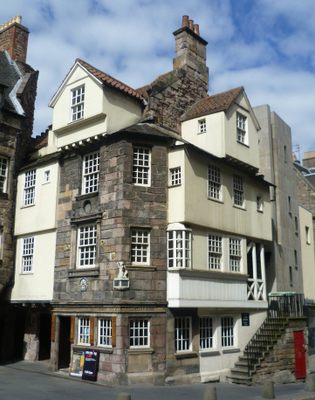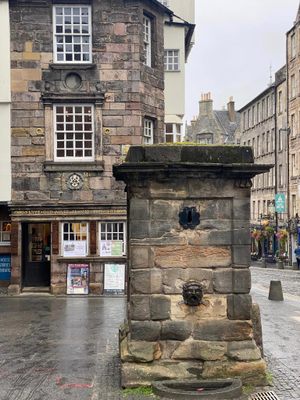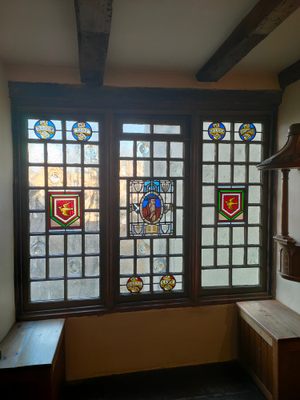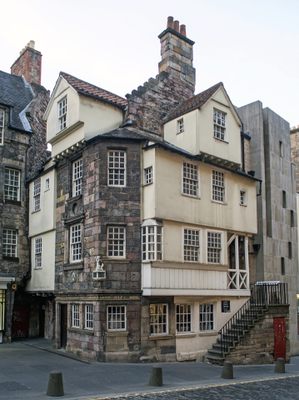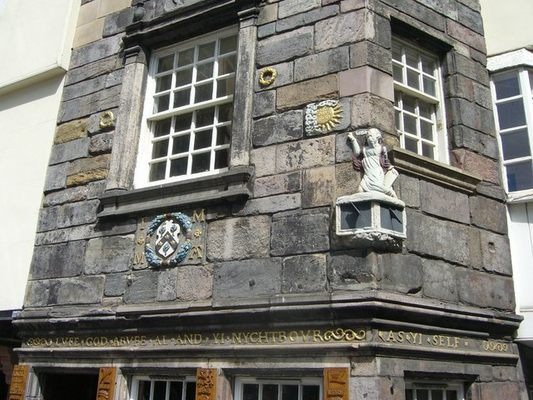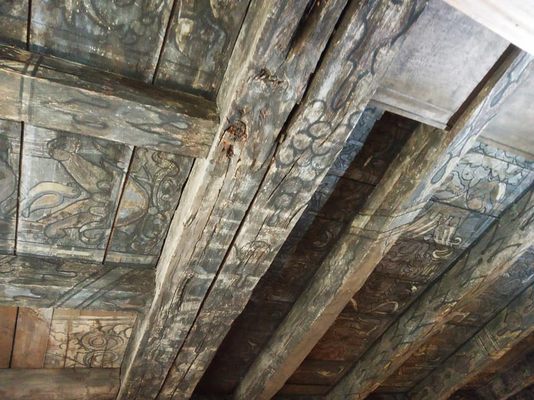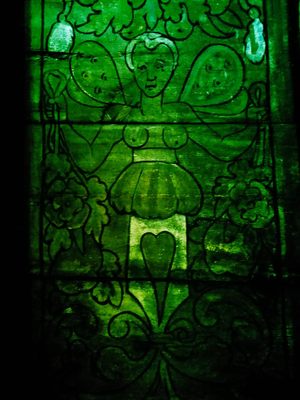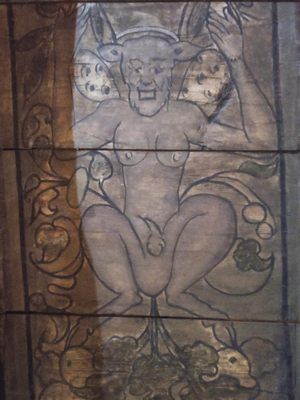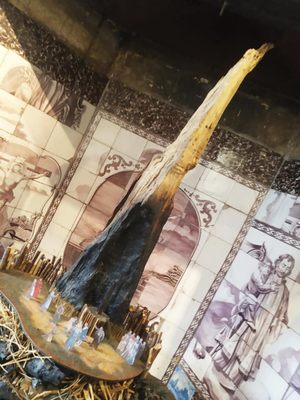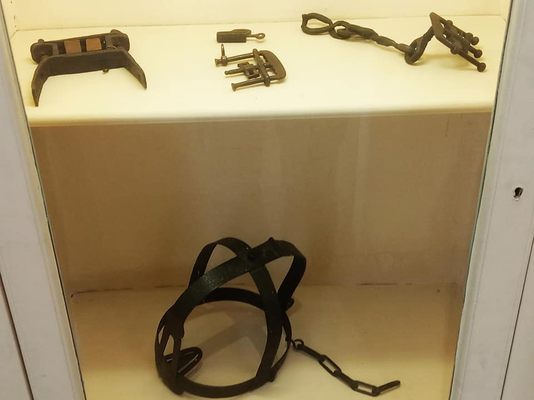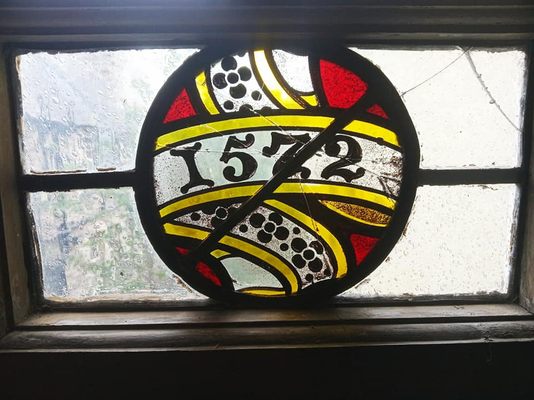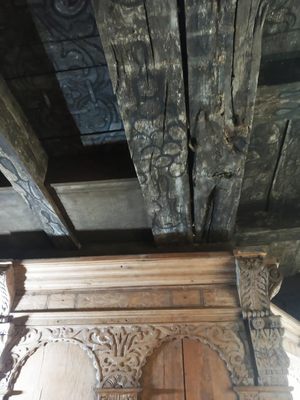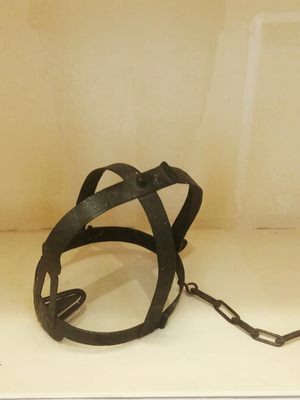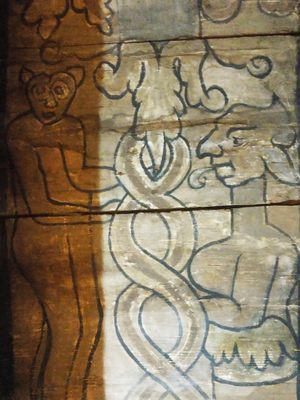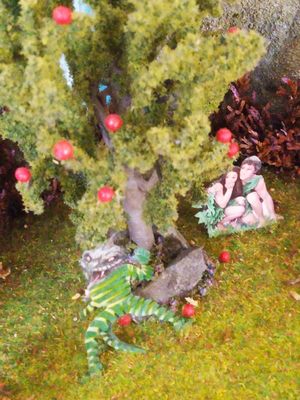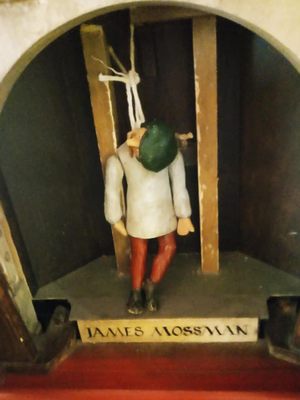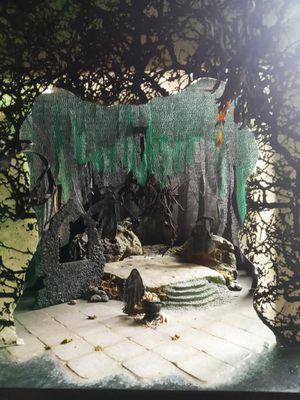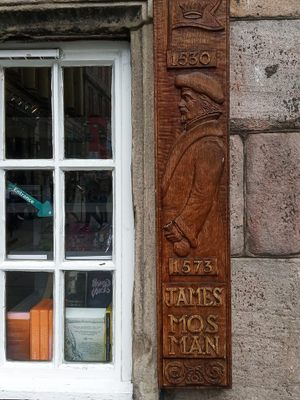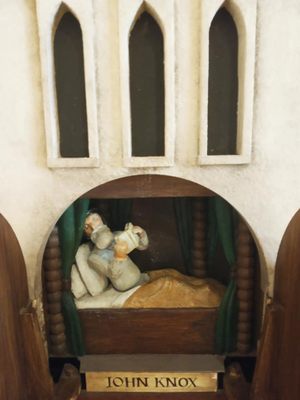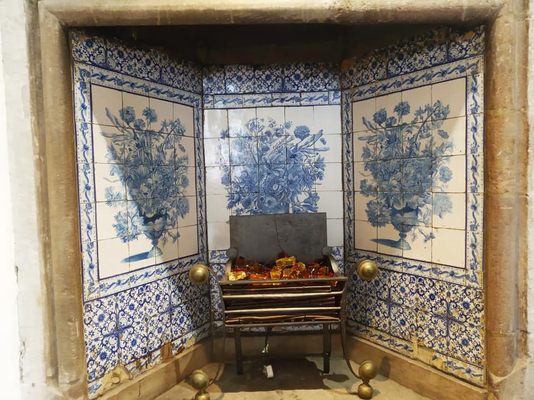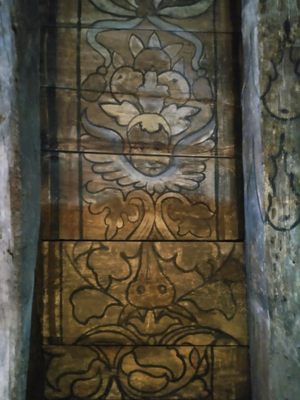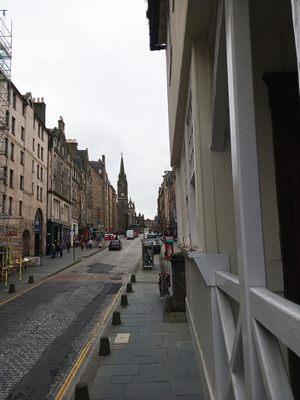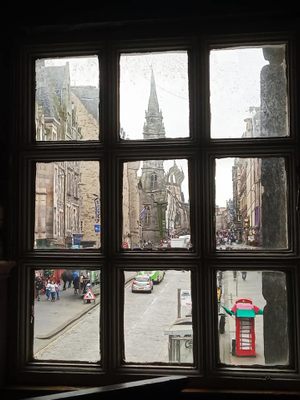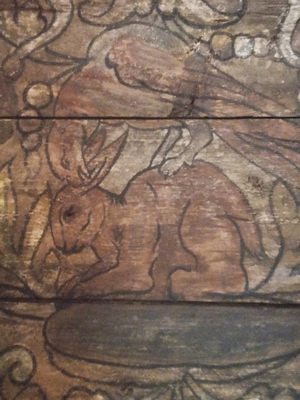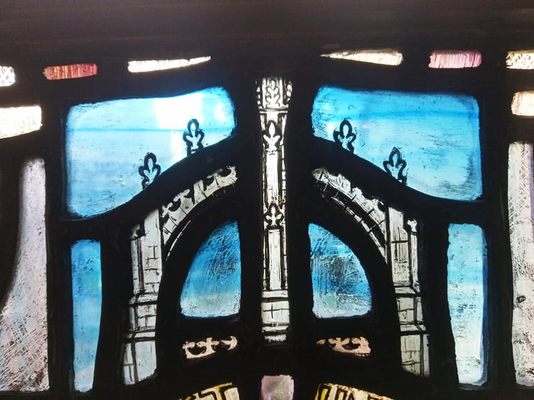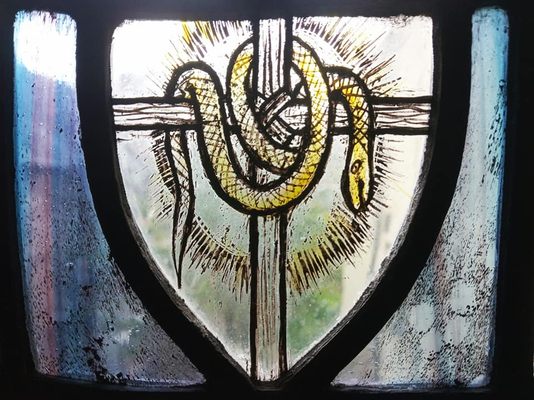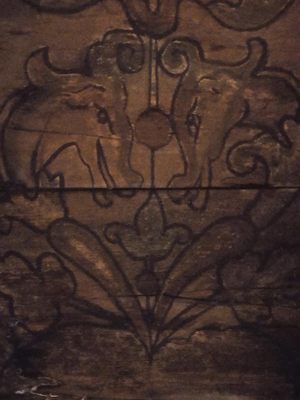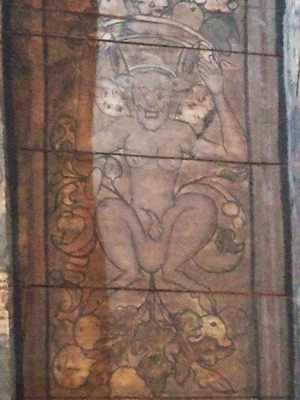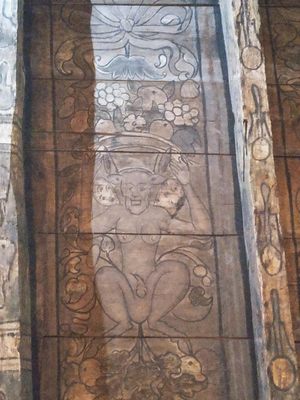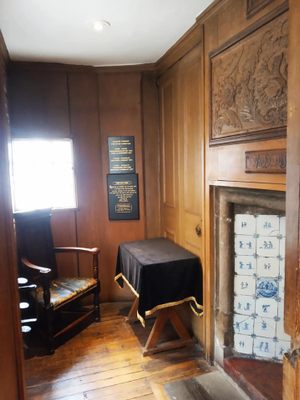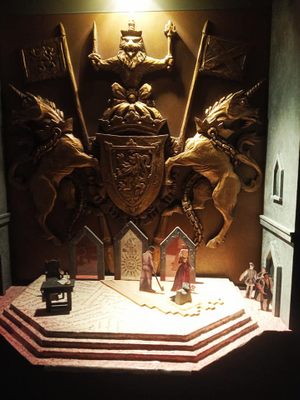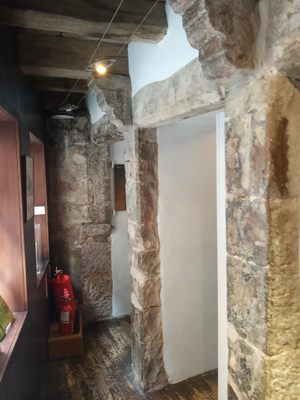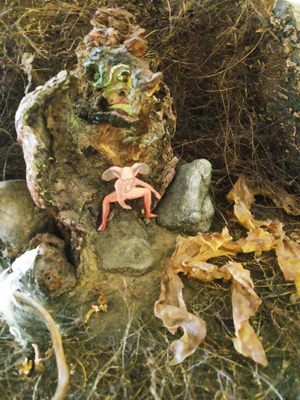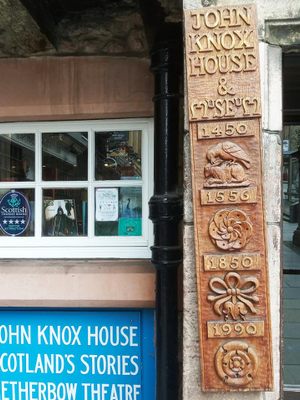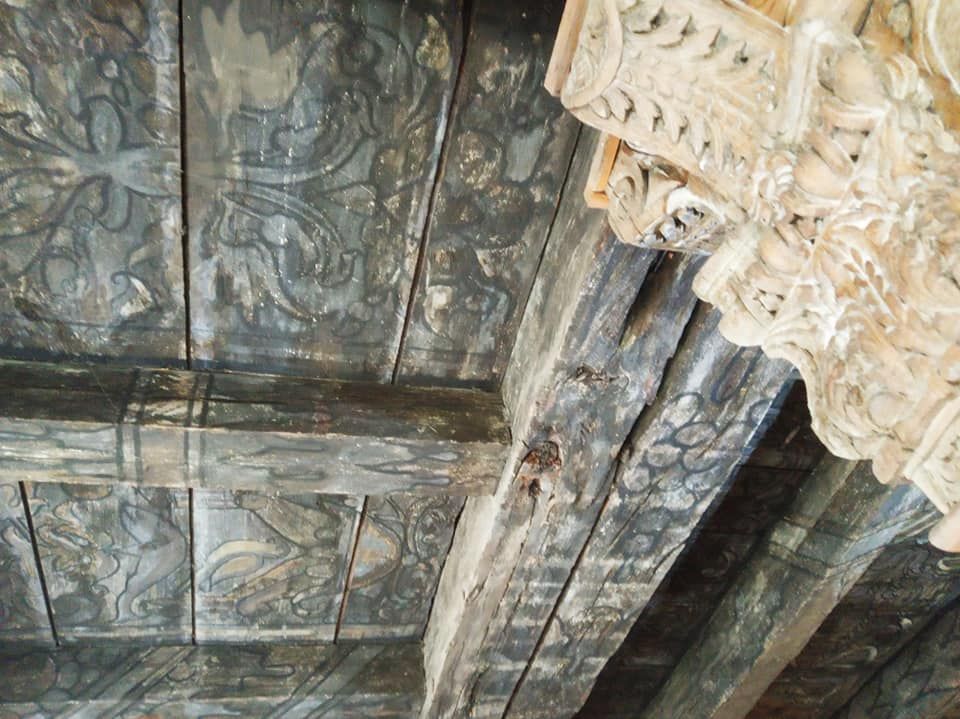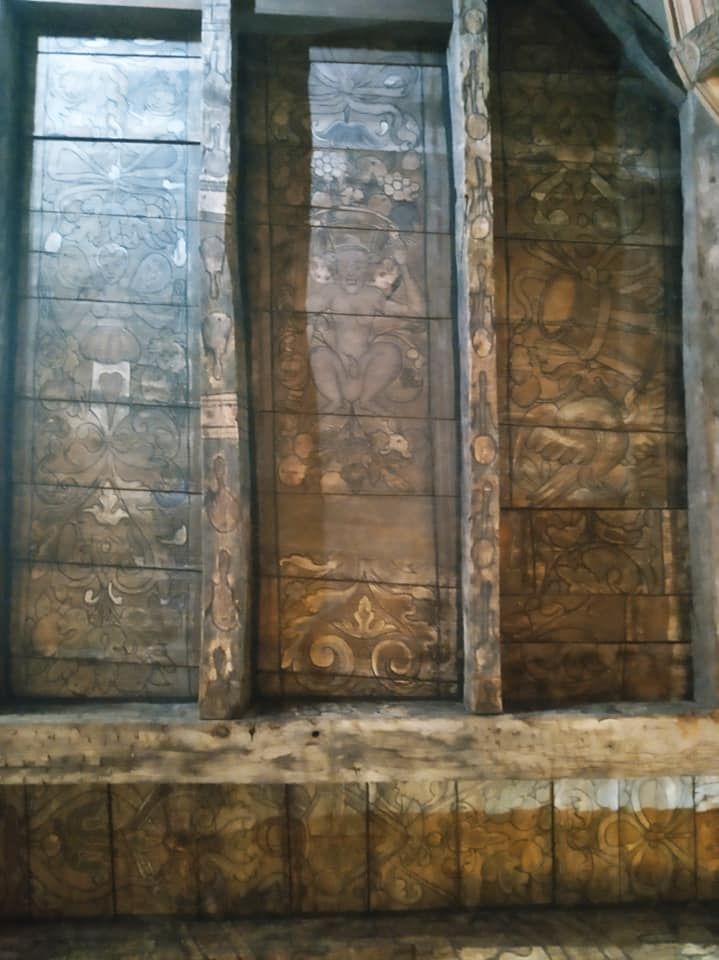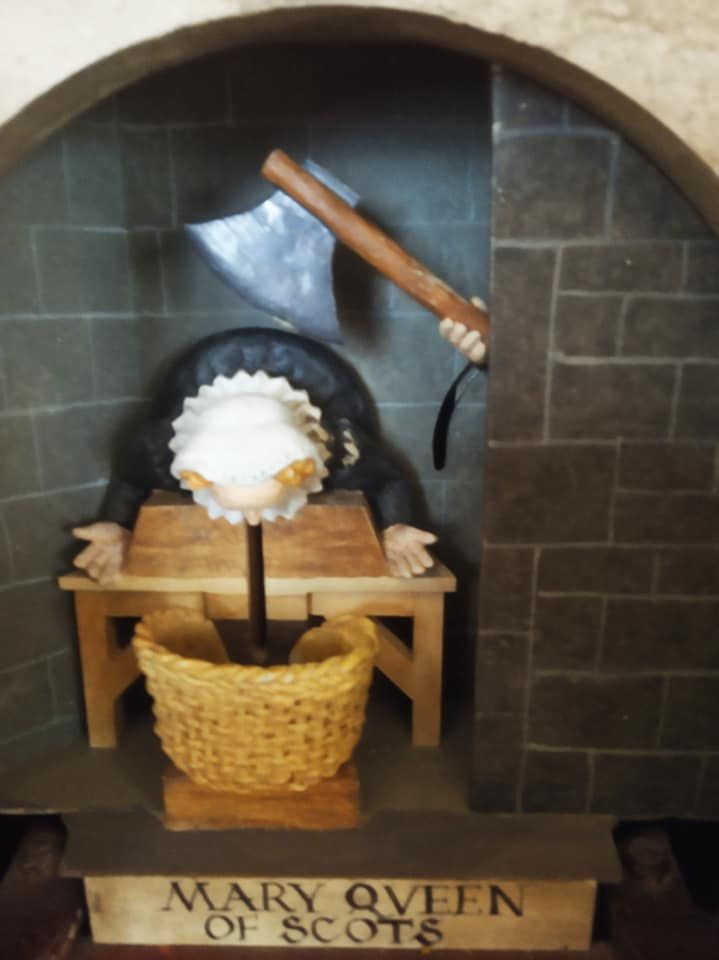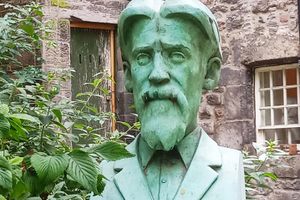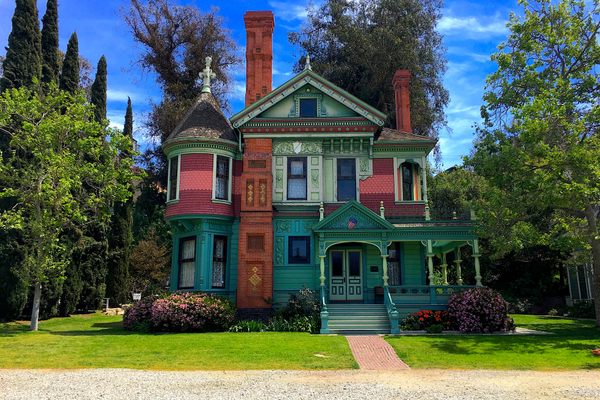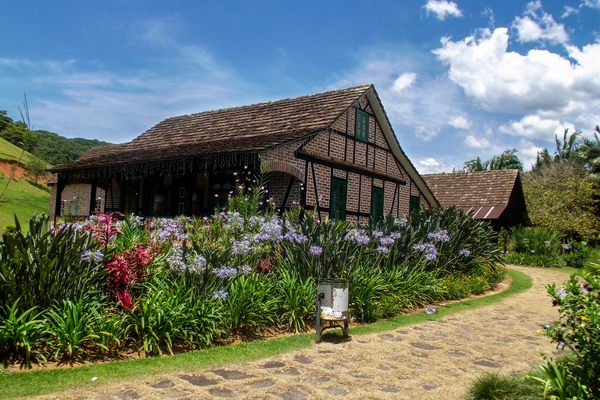About
It’s a beloved Royal Mile attraction; a quaint, mid-16th-century house with accents dating as far back as 1470. Despite its titular reference, historians aren’t certain whether John Knox—leader of the Scottish Reformation, founder of the Scottish Presbyterian Church and therefore, a formidable opponent of the ill-fated Mary, Queen of Scots—ever lived at John Knox House. Ironically, however, 16th-century records indicate that the Queen’s loyal goldsmith did.
The earliest reference to the building known as the John Knox House appears in an archival document from 1525. It was owned by a man named Walter Reidpath, but it was bequeathed to his daughter’s son, John Arres, who passed it on to his daughter, Mariota. Mariota acquired the building in 1556.
Mariota was married to a wealthy royal goldsmith, James Mossman, whose coat of arms and initials can still be found outside the house alongside the biblical inscription, “Luve God abuve al and yi nychtbour as yi self.”
Mossman was an open supporter of the Catholic Mary, Queen of Scots, who would fall out of favor before her notorious beheading. The house stood through the Scottish Reformation, which led to civil war and the queen’s abdication. In 1571, Mossman was stripped of his possessions and charged with treason. By 1573, he was arrested and hanged at the Mercat Cross outside St. Giles Cathedral.
It’s believed that Knox may have lived in the house shortly before his death in 1572. Whether or not that's true, the legend saved it from demolition nearly three centuries later.
In the 1840s, the building attached to John Knox House suddenly split away, allegedly revealing its residents eating breakfast at their table. The site's faulty foundation nearly led to its destruction, but due to the building’s association with Knox, it was ultimately saved. An excavation of the house unearthed "time-capsules" commemorating the building’s preservation.
The house was renovated and opened as a museum in the mid-19th century. The museum still operates today, and offers a fascinating glimpse of what life was like in Edinburgh some 400 years ago. Attached is the Scottish Storytelling Centre, where members of the public can attend live performances and exhibitions.
Related Tags
Know Before You Go
The John Knox House is open six days a week, Monday through Saturday, from 10 a.m. to 6 p.m. A nominal fee is charged with concessions for seniors, students, & others that apply.
The House contains 2 floors of exhibits that are not wheelchair accessible.
Often overlooked are the "Luckenbooths" located across from the service desk. They are disguised behind the various bookshelves. "Luckenbooths," or locked booths, was a medieval market stall that used to line the Royal Mile.
In the corner by the windows facing the Royal Mile, you can spot one of the Edinburgh Book Sculptures.
Flavors of Scotland: Beyond the Haggis
Smoked seafood, single malt whisky, and warm hospitality.
Book NowCommunity Contributors
Added By
Published
December 6, 2018
